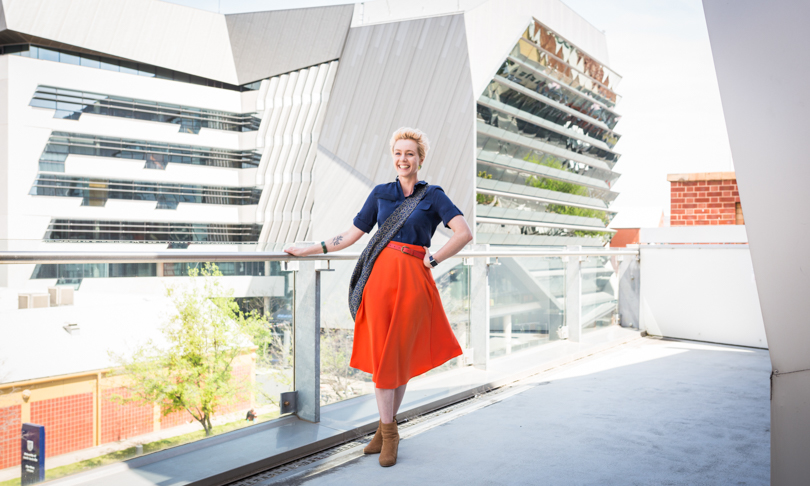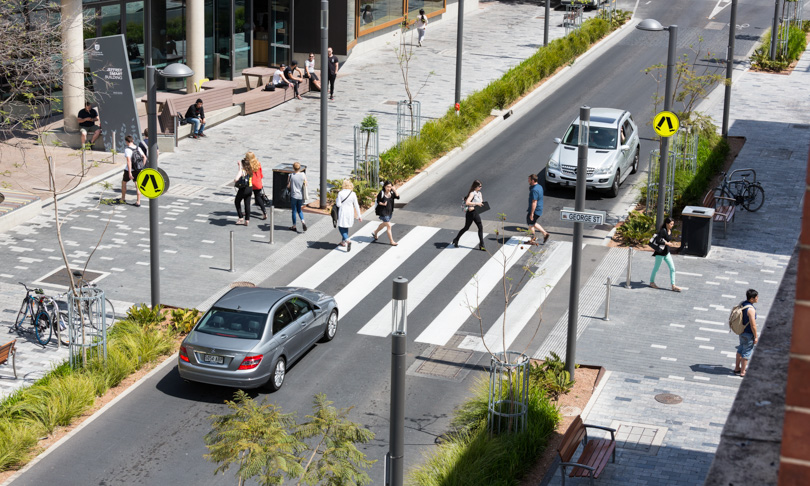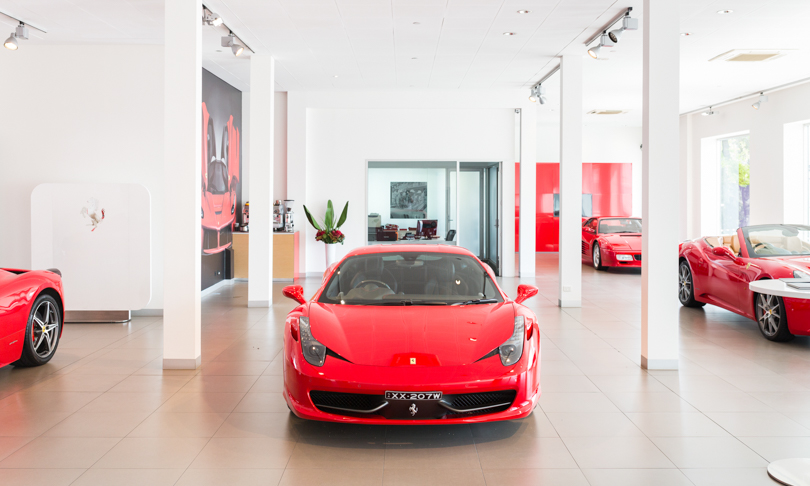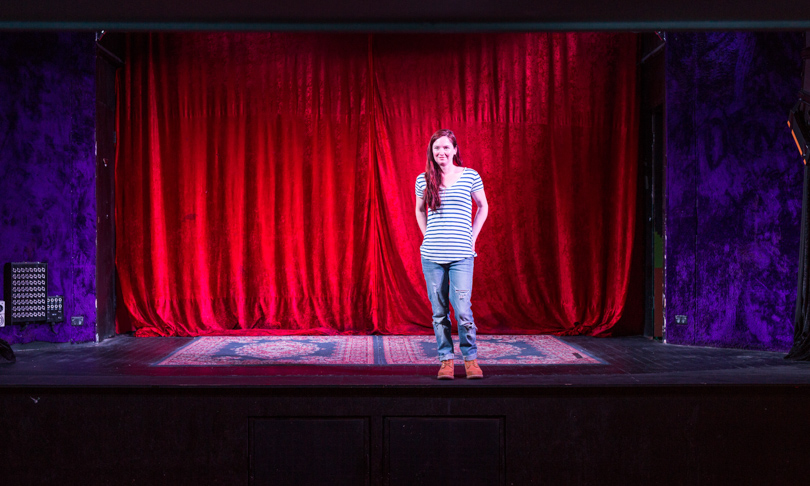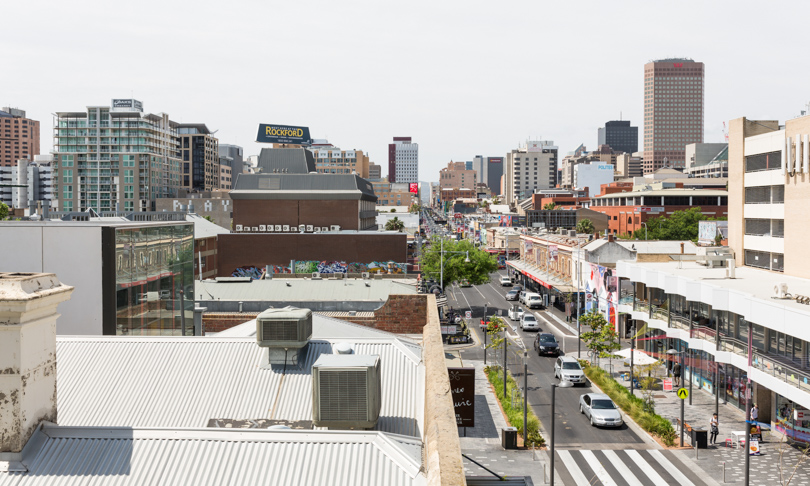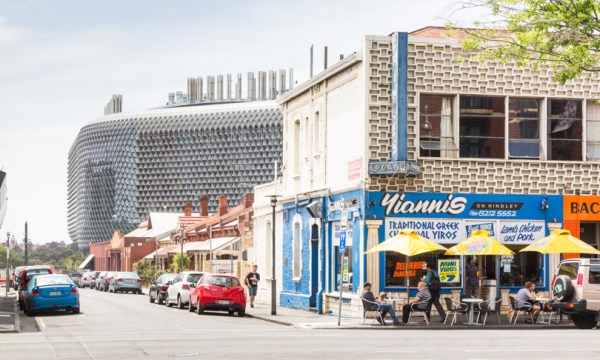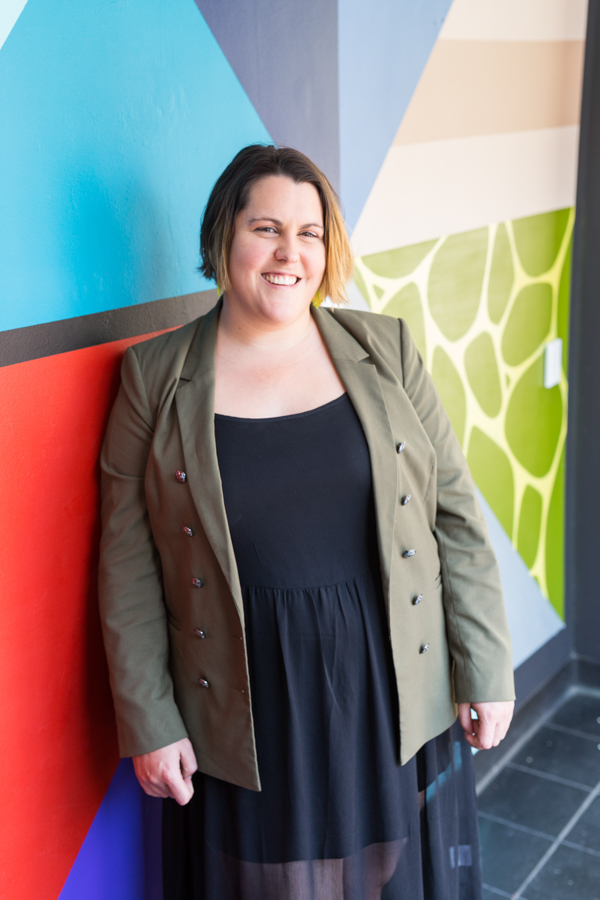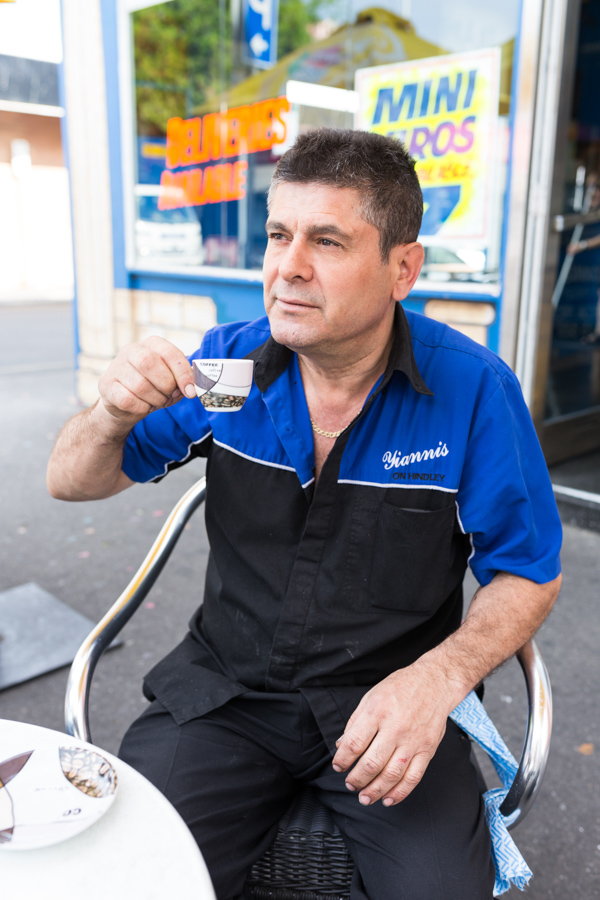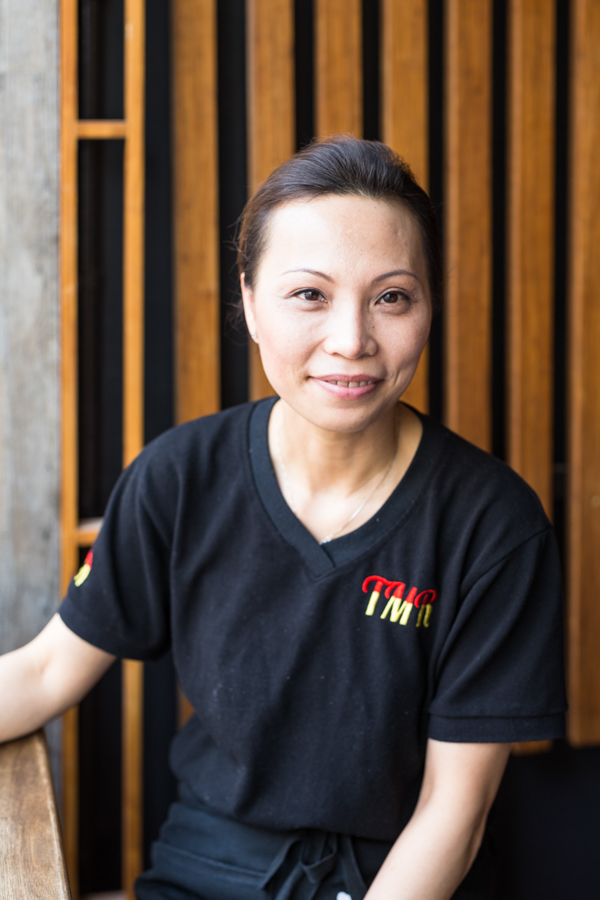The bit of Hindley Street most often portrayed as dark and dangerous has always been more diverse than the mainstream media let on, but now it is rapidly turning into something else entirely – one of Adelaide’s premier precincts. Such a quick turnaround won’t be without complication, or opportunity.
Not so wild west
For those in their late 20s and early 30s, the western end of Hindley Street holds very specific memories.
The strip beyond Morphett Street was where they evolved from an underage drinker sneaking into Kava Hut and Vodka Bar to a legal-entry indie tragic who bounced from Jive to Supermild, with the occasional foray into Enigma or WorldsEnd. There were cab rides, yiros, smashed glasses and some pretty interesting dance moves.
At the same time, there’s a generation above them who knew West Hindley as either the place they wished their children wouldn’t go, or an art precinct defined by the presence of the JamFactory.
Those who are older still will remember it as the site of Adelaide’s Little Athens – a Greek neighbourhood full of restaurants, grocery stores and clubs where men played cards.
But for the generation that is just now nearing adulthood, it’s something else entirely – it’s where they go to study, day in and day out.
It’s always been a precinct of diversity and transformation, but this most recent iteration of West Hindley has evolved and established far more rapidly than previous versions. The quick and deliberate change has been driven by the influence of one player – the University of South Australia, which has bought and developed land throughout the neighbourhood, entirely changing its appearance and function in a few short years.
Of course, UniSA has had a presence on Hindley Street for almost two decades now – but the campus was previously turned in on itself – a ring of buildings that effectively isolated students from North Terrace on one side and Hindley on the other.
Now, the University reaches not only right up to the Hindley Street footpath, but also over the other side of the road.
“The Jeffrey Smart Building was the first cab off the rank in terms of moving the gravitational centre of the campus further south,” says Phil Clatworthy – UniSA’s director of facilities management.
“Historically the epicentre of the campus has been Fenn Place, and we’re effectively moving it to the other side of Hindley Street. That building gives a sense of what we’re trying to do – it’s all about transformational infrastructure.
“All of our investment at the moment is about making the campus a more inviting place to be over a longer period of time.”
The currently slated suite of developments, largely scheduled to be completed by 2018, will see UniSA’s footprint extend not only further around and into Hindley Street, but also over North Terrace into the grounds containing the new Royal Adelaide Hospital and SAHMRI.
Incorporating a Great Hall for sporting and ceremony needs, a Health Innovation Building largely dedicated to research and a 300(ish) bed student accommodation building, these new facilities will change the way students use the neighbourhood as they shift to being a permanent rather than temporary population, and also transform the way they learn.
“The Jeffrey Smart Building has created more of a dynamic culture around here,” says UniSA PhD candidate and design theory and practice tutor Melinda Gaughwin.
“I think that when you’re studying in structures like this it kind of helps you think more dynamically too.”
While the uni’s goals are clearly being achieved by their own investment and development, the rapid rate of change in the area – also significantly fuelled by the presence of SAHMRI and the ever-hovering promise of the new hospital – can be disruptive for existing businesses.
Suddenly, the west end of Hindley Street – an area largely ignored by investors, developers and government bodies alike before now – is attracting lots of attention. This can be positive, with more services provided and better public infrastructure in the offing – but rapid gentrification can also mean rapid rent rises and increasing homogenisation.
Examples of this are already available. Long-term tenant Supermild did not renew its lease earlier this year and has moved further up Hindley into the still-unpopular middle bit between Leigh and Morphett Streets.
Others in the neighbourhood are anxious that they may suffer the same fate.
“This whole side – all the way down to the JamFactory is owned by Arts SA,” says executive director of Nexus Arts Louise Dunn.
“There’s not an immediate concern, but I suppose there is concern that in the future the University might be interested in this space. The only place that’s protected is Fowler’s because of heritage restrictions and there’s talk of the University already planning how they might use this whole space and rebuild it.
“But there is a level of consultation and we know that it’s going to take time to get that far.”
The majority of businesses, of course, remain in place – but many are also affected by the process of development itself, with closed roads and footpath upheaval blocking access for customers.
“They didn’t consult anyone about it, they just did it,” says Jive owner Tam Boakes of the first stage of redevelopment, which she says affected her landlord’s income (but not her own) by restricting access to the carpark behind her venue that he also owns.
And even while works continue (and they will, for years) population in the neighbourhood is climbing rapidly, with more students already hanging about and the inevitable influx of tradies who are working on the uni’s developments as well as the hospital and other buildings along North Terrace.
This creates a unique problem that is strangely specific to this particular case of transformation – intense times of high population put pressure on infrastructure like car parking, while periods of eerie quiet (largely when students are on holiday) stretch businesses suddenly confronted with little to no custom.
“We have a big problem coming up because more people are coming into the city and now there’s no parking,” says Vasilios Tsagariolos, who established and now works at Yianni’s Yiros – his son’s shop.
“That can be hard for my business because people just want to be able to stop and buy a yiros. I’ve had people drive more than 40 minutes to get our yiros because they know it’s the best, but if they can’t park then we have a problem.”
Despite the car parking issue, Yianni’s is busy. Even when uni is off-season the shop is buoyed by the customer loyalty created by an almost 30 year history in the area – but that’s not the case for everyone.
“The biggest issue for us, and all the other organisations, is that when university isn’t on it’s just dead – it’s a ghost town,” says Louise from Nexus. “I know it’s something that the university is trying to address though by trying to have students on campus throughout the whole of the year.”
Phil Clatworthy says UniSA is sensitive to how its expansion could be negatively affecting its neighbours and is working to allay these concerns.
“Every project has its constraints that you have to work within and naturally we have to provide for ongoing pedestrian and vehicle access,” says Phil.
Apart from car parking, the other things most often mentioned as lacking from West Hindley during our interviews were ATMs, retail shops and green spaces – all of which will hopefully arrive as the Hospital is completed.
One thing the street does have that few other neighbourhoods boast is a Ferrari dealership. Prospects can’t be too bad when some of the world’s most expensive cars are being sold on your doorstep.
“We work with Council to make sure what we’re doing satisfies their needs because ultimately they’re the gatekeeper between what we’re doing… and what the community can bear.
“We’re conscious of it because lots of the shop owners understand that our population is quite a transient population… but [as we develop] if there’s more people around over a longer period of time then hopefully they’re going to start spending more money and all the surrounding businesses are going to benefit.”
But perhaps the avenue that has proved most effective for tackling problems resultant from the transformation is the Adelaide City Council’s (ACC) placemaking program, through which the university has been able to communicate directly with businesses in the area.
“We’re a member of several of the organisations around here and have been participating with the ACC in their placemaking strategy so we’re acutely aware of what the issues are,” says Phil.
Council’s Hindley West place facilitator Tess McMaster says the whole purpose of the program is to create engagement and consensus.
“The placemaking pilot aims to get people working together towards a shared vision for their place,” she says.
“There’s certainly a lot of physical change and investment being driven by the university, but placemaking respects the idea everyone has a right to shape the places they’re in.”
The work being done by Tess will inform changes to the street made by Council like the footpath upgrade – to be completed in 2016 – planned for the zone between Morphett and Register Street.
“It has been really great,” says Tam from Jive of the process leading up to the upgrade.
“They came to us [business owners] and we all went for a walk and discussed the things we might like and now the first design is out. We definitely feel like we have designed it.”
The upgrade is being jointly funded by State Government and Adelaide City Council, and it is investment like this which exposes the positive side of the rapid transformation wrought by the university and hospital – because as much as change creates agitation, it also creates opportunity.
New businesses can already be seen popping up in the precinct, with one prime example being Tammy’s Meat Rolls – a Vietnamese eatery originally established as a food truck now also trading from a bricks and mortar shop just west of UniSA.
“It’s shocking,” says the eponymous Tammy. “I never expected it to be so busy, even before we finished the shop – people were walking up and down waiting for us to open.”
Tammy opened in March 2015, and in October was joined by another Vietnamese outlet – this time with more of a day-night focus. Much closer to Morphett Street, the beautifully-outfitted Phonatic serves banh mi for the busy lunch crowd, but is (of course) known for their pho soup and has a full dinner menu as well as a full service bar, a beer garden and expansive function room. Owner Adam Bui says he’s been planning on making the move into the area for years.
“We wanted to bring something more sophisticated than a typical Hindley Street bar, but we kept in mind that there will be a lot of students here so we are keeping it affordable too,” he says.
Existing businesses are also excited by the opportunity of an increased population and investment in the look and feel of the area.
At Jive, Tam has opened for day trade, with the bar and a café operating alongside a pop-up style record shop spearheaded by a friend who has been collecting vinyl for countless years. Nexus Arts are keen to see if a boost in population will also boost the viability of the live music and performance arm of the venue – allowing them to hire out the space less and commission new work more.
Rockford Hotel, which sits large on the corner of Morphett and Hindley Streets, are eager to become part of a precinct that is likely to be high on the list of international travellers and students drawn toward a redeveloped university, Convention Centre and Adelaide Oval.
“Now we have the funding through to do the work at this end, I think it’s going to be fantastic,” says hotel manager Sharon Martin.
“We love being part of this district, and I think the work being done now will help erode the stigma of Hindley Street and show that it is a place that has something for every generation – it’s not just a night time precinct.”
Almost every business owner or neighbour we talk with along West Hindley has good and bad things to say about the transformation happening swiftly around them, but most accept that losing some of the certainty of the past is the cost paid for gaining opportunities in the future.
But while the rapid ascension of buildings from single storeys to towering skylines is inevitable in this part of town and has largely been accepted, Adelaide West End Association co-president Andrew Wallace reminds us that there is more at stake than visible differences when such rapid change is engineered.
“Some interpretation of the history of the place would be really beneficial,” says Andrew. “The whole street has such a great story. Just something like simple stories put into the pavement – not grand stories, just the day-to-day, so that isn’t lost, is important.”
Perhaps that way, a little bit of the west of old will remain. Even as the strip becomes more populated, cleaner and better serviced it would be nice if something of those nights and days spent in the gritty art and club neighbourhood remained – because without history a place can still be pleasant, but with history it can be a community.




